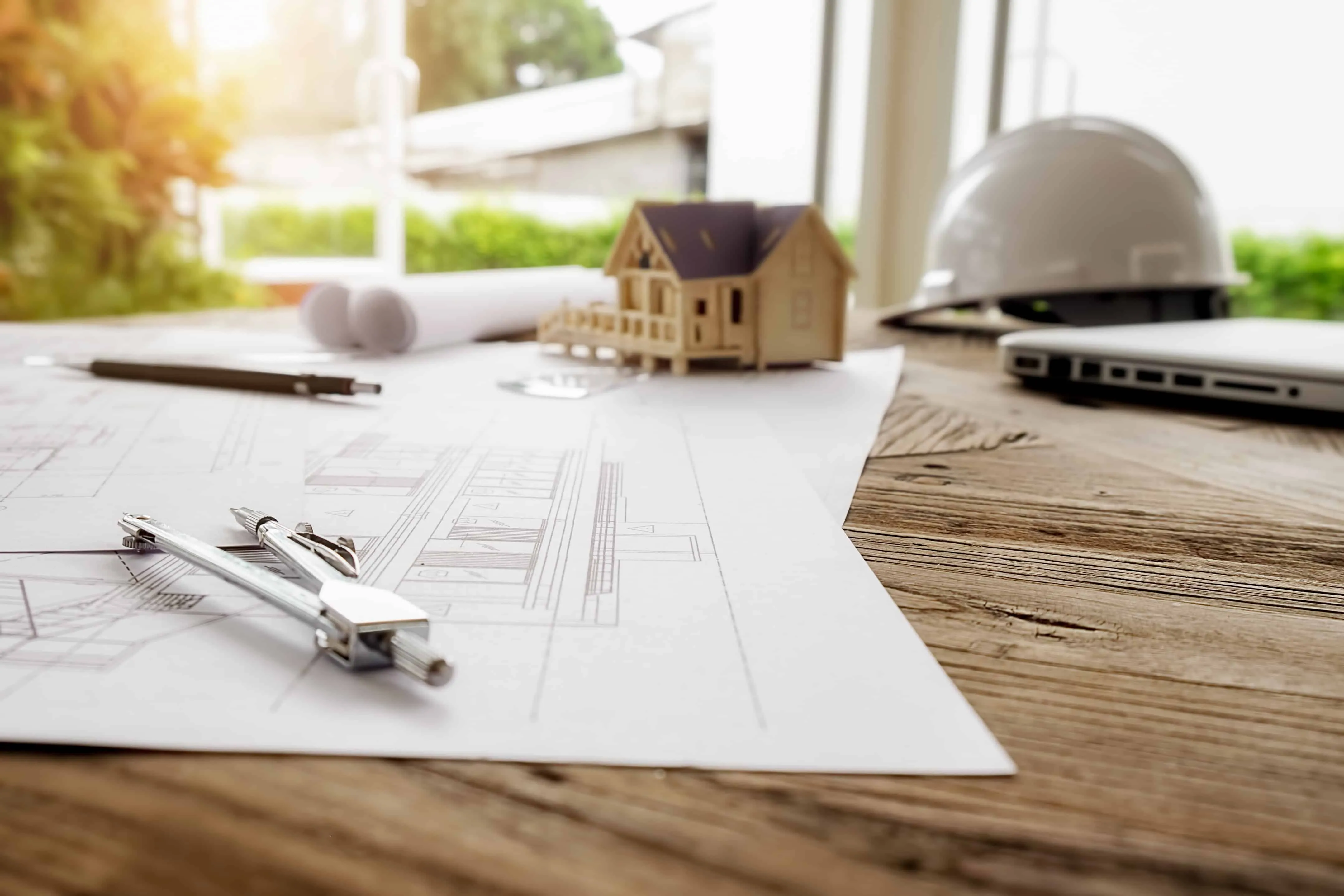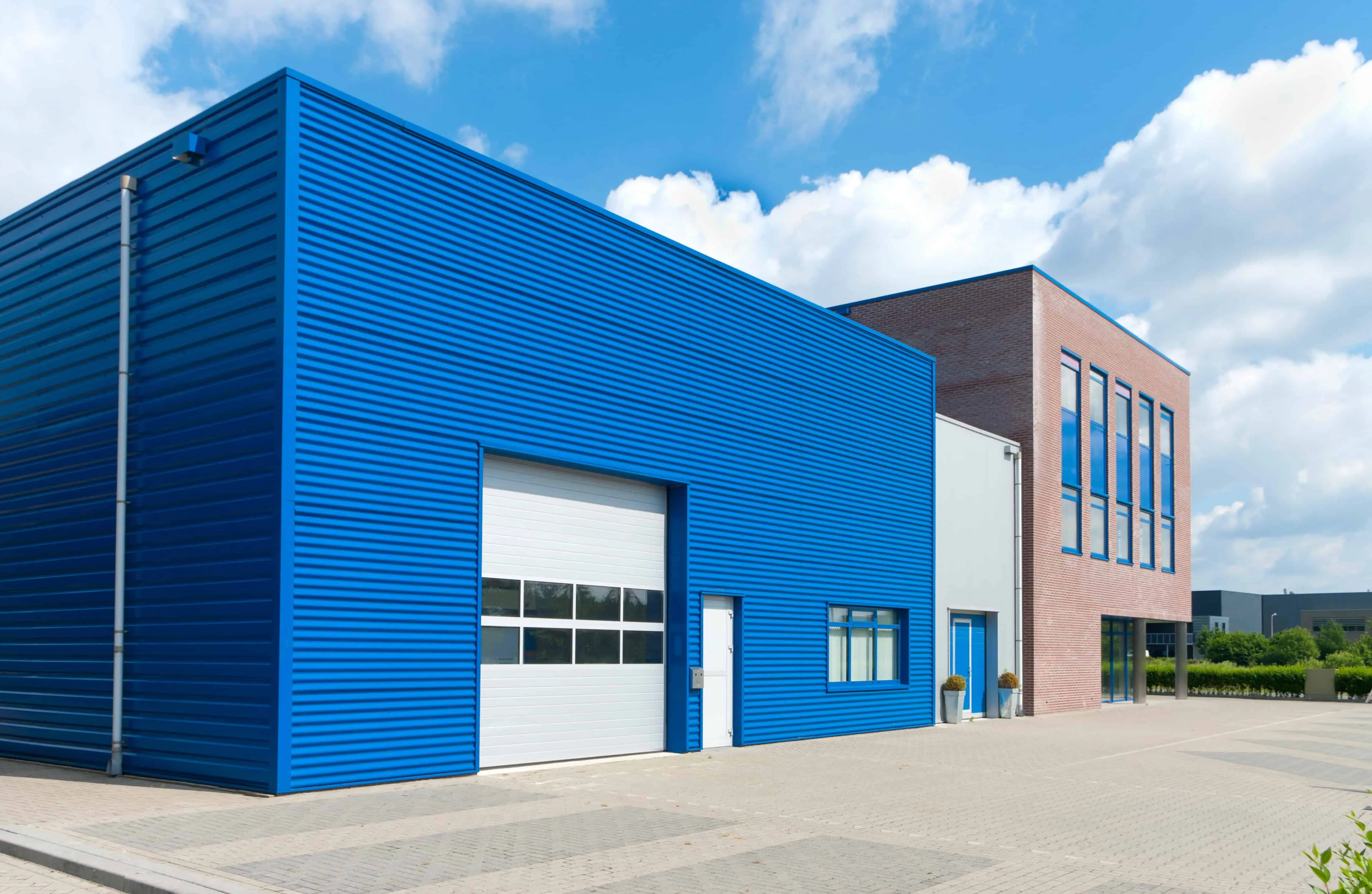There can be your advertisement
300x150
5 Most Common Problems with Home Repair Claims Under Insurance Requirements
Credit: mindandi via Freepik
The structural aspect of home insurance claims is likely the biggest expense homeowners face. Whether damage was caused by fire, hail, weather events, or water damage from dry land, there are several common problems homeowners encounter when dealing with their insurance company.

If you are experiencing issues with your insurance company, it's important to have someone who understands how insurers work and how to negotiate with them. Virani Law helps homeowners not only with the cost of your insurance claim but can also communicate with your insurance company on your behalf and ensure that your requirements are met.
Here are the five most common problems arising from structural insurance claims.
1. Disagreements Over Valuation
One of the most frequent issues is that homeowners disagree with the valuation of their home and the cost of necessary repairs. The insurance company sends a claims adjuster to your home to compile a list of work needed. The adjuster may hire a contractor or engineer to determine what repairs must be done. Then, the list of work is put out for bids from contractors selected by the insurance company.
This process often leaves homeowners feeling that the cost was undervalued, and any shortfall can easily leave them paying additional expenses out of their own pocket.
2. Homeowner Responsibility for Property Protection
Homeowners are also responsible for preventing further damage to their property after a loss. After a loss, real estate is particularly vulnerable to theft, settling, and further damage from external factors.
Homeowners should ensure that the contractor covers the roof with plastic sheeting, boards up windows, and locks doors to prevent further damage.
3. Unreported Changes in Home Value
When homeowners undertake renovations, they update building materials in their homes and increase value. If they don't inform their insurer about changes made, these improvements will not be covered under the insurance claim.
Homeowners should contact their insurer to learn when they need to update their insurance coverage and how much more protection they require.
4. Contractor Selection
Often, the insurance company accepts repair work proposals from several preferred contractors it regularly works with. Usually, they accept the lowest bid and assign that contractor to complete the work.
However, homeowners may want to work with their own contractor. Homeowners can agree to hire their preferred contractor but the insurance company will only pay an amount corresponding to the lowest bid from its preferred contractors. This may leave homeowners paying higher repair costs out of their own pockets.
5. Construction Costs
Significant changes in construction costs, such as labor or materials, can suddenly leave homeowners underinsured despite it not being their fault. A sharp rise in material costs may only be covered if the homeowner has a policy with replacement cost coverage. Construction costs can rise even in very localized conditions, especially following natural disasters.
More articles:
 4 Tips for a Beautiful Dining Space
4 Tips for a Beautiful Dining Space 4 Tips to Sell Your House Quickly
4 Tips to Sell Your House Quickly 4 Tools for Creating a Beautiful Home Cinema
4 Tools for Creating a Beautiful Home Cinema 4 Unusual Ideas for Creating Bicycle Tracks in Your Yard
4 Unusual Ideas for Creating Bicycle Tracks in Your Yard 4 Useful Tips for Creating a Beautiful Patio
4 Useful Tips for Creating a Beautiful Patio 4 Ways to Customize Metal Buildings
4 Ways to Customize Metal Buildings 4 Ways to Use Landscape Design to Improve Home Energy Efficiency
4 Ways to Use Landscape Design to Improve Home Energy Efficiency 40 Creative and Unique Ways to Take Family Photos for Christmas Cards
40 Creative and Unique Ways to Take Family Photos for Christmas Cards